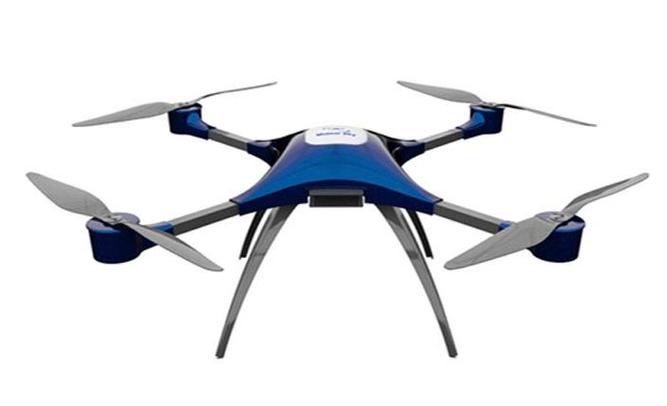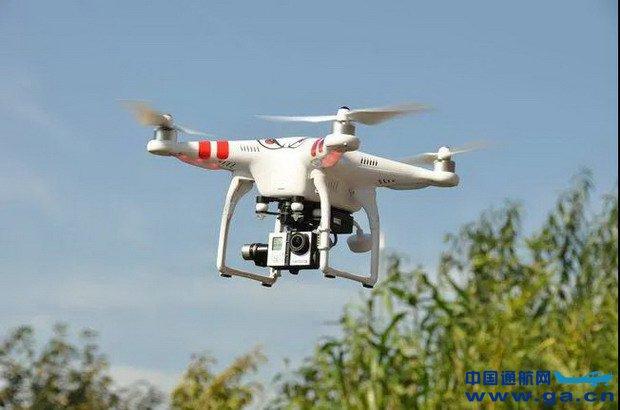Introduction to MQ-9 Drone Technology
Utilized primarily by military forces, the MQ-9 has proven vital in modern warfare due to its advanced features and capabilities. Equipped with sophisticated sensor systems, it offers real-time intelligence gathering, which is crucial for strategic planning and threat assessment.
Design and Build
The MQ-9 drone combines aerodynamic efficiency with cutting-edge technology. Its robust build facilitates long-duration flights, while its remote control systems provide users with the flexibility and precision necessary for various missions. Advanced composite materials used in its construction enhance durability while minimizing weight, allowing the drone to carry heavier payloads without sacrificing agility.
Performance and Range
One of the standout characteristics of the MQ-9 is its impressive range capability. Designed to fly at altitudes reaching 50,000 feet, it can stay airborne for up to 27 hours. This endurance makes it an invaluable asset for missions requiring extended surveillance or patrolling efforts. Additionally, its turbine engine contributes to its wing configuration, augmenting its ability to deploy rapidly over large distances.
Payload and Armament
The MQ-9 is renowned not only for its reconnaissance prowess but also for its offensive capabilities. It can be equipped with a range of weapon systems, including precision-guided munitions, which enable it to engage targets with high accuracy. These capabilities make it a dual-purpose vehicle, capable of both intelligence gathering and direct combat operations.
Operational History
Since its deployment, the MQ-9 has been integral in numerous military operations globally. Its ability to provide intelligence, surveillance, and reconnaissance (ISR) has revolutionized modern military strategies, allowing forces to operate more effectively and efficiently. Historical records indicate its significant role in various conflict zones across the globe, showcasing its versatility and tactical advantages.
Advancements in Drone Technology
Continuously evolving, the MQ-9 has seen enhancements in both hardware and software, contributing to improved control, data processing, and mission execution capabilities. These advancements ensure its continued relevance as technologies develop and battlefield conditions evolve.
- Enhanced Automated Systems
- Improved Targeting Accuracy
- Advanced Signal Processing

The Future of Drones in Military Operations
Looking ahead, the role of drones like the MQ-9 in military operations is expected to expand even further. As artificial intelligence and machine learning algorithms integrate with drone technology, autonomy and decision-making capabilities are poised for substantial growth. This integration promises even finer control and efficiency during missions, reducing reliance on human oversight.
Reduced operational risks and amplified strategic advantages are anticipated as these advancements take hold.
FAQs
What is the primary function of the MQ-9 drone?
The MQ-9’s primary function is to conduct surveillance and reconnaissance missions. It also possesses combat capabilities for targeted strikes.
How does the MQ-9 drone differ from other military drones?
 The MQ-9 stands out due to its extended flight duration, high-altitude capability, and versatility in both ISRs and combat roles.
The MQ-9 stands out due to its extended flight duration, high-altitude capability, and versatility in both ISRs and combat roles.
What are the recent technological upgrades in the MQ-9?
Recent upgrades focus on enhancing its automation systems, improving targeting precision, and integrating advanced data processing technologies. These developments are pivotal in keeping the MQ-9 at the forefront of UAV technology. By understanding the diverse capabilities of the MQ-9 drone and appreciating its influence on modern warfare, stakeholders can make informed decisions regarding future deployment and investment in UAV technologies.